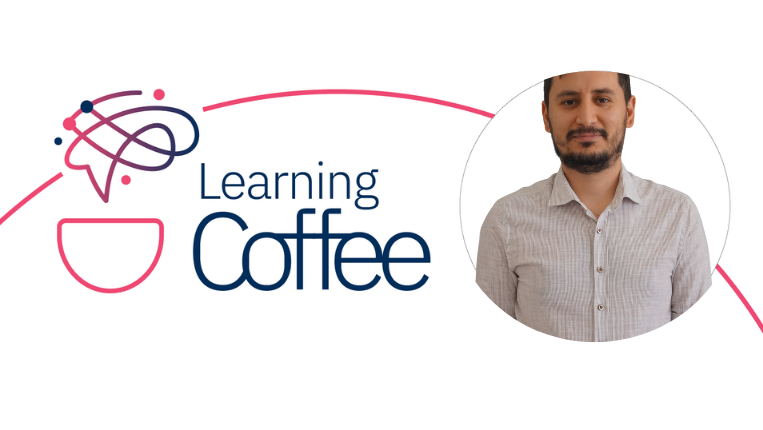A study led by the Research Centre for Human Development (CEDH) at the Faculty of Education and Psychology (FEP) of the Universidade Católica Portuguesa concludes that the Internet of Things (IoT) can be effectively utilized in classroom settings to enhance learning experiences for higher education students. This approach makes learning more integrated, meaningful, interdisciplinary, and closely connected with the real world. In educational contexts, IoT refers to integrating everyday objects or devices into learning environments through the Internet, enabling the collection, analysis, and interpretation of real-world data. This includes, for example, sensors measuring the temperature (among other physical and chemical quantities) of water, soil, air, and even human indicators, with the data being transmitted to a central cloud for storage and made available for educators and students.
The research, titled “SOLL as an Auxiliary Teaching and Learning Tool – Case Study in Higher Education,” aimed to understand whether the use of internet-connected devices in classroom settings enhances the learning experience for higher education students and fosters interdisciplinary cross-linking. To fulfill this purpose, the study involved a sample of Bioengineering undergraduates from the School of Biotechnology at the Universidade Católica Portuguesa (Porto Regional Centre), who tested an IoT device in a classroom setting. The students then evaluated their experience with this methodology, assessing its appropriateness for the defined learning objectives.
Described as "innovative, intuitive, practical, and versatile," the learning experience involved students creating an electronic device to monitor vital signs, such as heart rate and blood oxygen levels, in bedridden and hospitalized patients. The collected data were sent to an online platform developed by Andreia Magalhães, named Smart Objects Linked to Learning (SOLL), for subsequent analysis in class.
More than half of the students participating in the research indicated that it was their first time using IoT prototypes in the classroom. Most found this learning experience "innovative, intuitive, practical, and versatile," appreciating the contact with real-world data in real time. A significant portion considered the SOLL platform "appropriate" and "very suitable" for the learning objectives defined in the course.
"One of the key findings is that IoT mobilized for this specific context, activates and integrates student learning, increasing the likelihood of learning by bringing reality into the classroom," says José Matias Alves, a faculty member at FEP, a researcher at CEDH, and one of the authors of the study.
"The students became more alert, interested in the topic, engaged, and active, as, thanks to technology and a pedagogy of involvement and participation, they were able to contact the external world’s reality and analyze it in a classroom context," he adds.
Moreover, "the technology allows for more personalized learning for students because data collection can be parameterized," he notes.
Greater Integration of Knowledge and Interdisciplinary Dialogue
For Matias Alves, IoT also "enhances the integration of knowledge, enabling interdisciplinary dialogue." The data collected by electronic devices can be approached in an interdisciplinary logic, involving various disciplines such as biology, chemistry, physics, and geography.
"The students begin to understand that reality is only segmented for often didactic needs. What is structurally disconnected in the curriculum gets connected, increasing the likelihood of students looking at problems in their holistic dimension. Thus, they can see the meaning of things and learn to establish connections and interlinkages across all domains," he adds.
In summary, the research concluded that integrating the Internet of Things into a pedagogical strategy is beneficial. The experience with the students from the School of Biotechnology can be replicated in other teaching contexts.
It is noteworthy that IoT can be framed within active teaching-learning methodologies, such as Project-Based Learning and Problem-Based Learning.
The work is authored by Andreia Magalhães (CEDH), António Andrade (Centre for Studies in Management and Economics, UCP), José Matias Alves (CEDH), Pedro Miguel Rodrigues (CBQF), and Patrícia Batista (Human Neurobehavioral Laboratory - HNL/CEDH).


